
What to Bring
When traveling to Cuba, especially as an American, it’s crucial to pack thoughtfully:
- Cash: U.S. credit and debit cards are generally not accepted in Cuba. Bring sufficient cash (preferably euros or Canadian dollars, as they are more widely accepted) to cover your expenses. Plan for approximately $100–$200 per day, depending on your spending habits.
- Travel Documents: Ensure your passport is valid for at least six months beyond your travel dates. You’ll need a Cuban Tourist Card (visa), which can often be purchased through your airline or a Cuban travel agency. Additionally, complete the D’Viajeros Travel Form online 48 hours before arrival.
- Medical Supplies: Basic medications can be scarce in Cuba. Pack a personal medical kit, including over-the-counter pain relievers, antihistamines, and any prescription medications. Consider bringing extra to donate to locals in need.
- Toiletries and Essentials: Items like sunscreen, insect repellent, and personal hygiene products may be limited or expensive. Bringing your own ensures availability and quality.
What to Expect
Cuba offers a unique blend of historical charm and cultural vibrancy:
- Cultural Immersion: Engage with locals by staying in “casas particulares” (private guesthouses), which provide an intimate glimpse into Cuban life. This not only enriches your experience but also supports the local economy.
- Limited Connectivity: Internet access is limited and often slow. Use this opportunity to disconnect and immerse yourself in the surroundings. If needed, Wi-Fi is available in select hotels and public areas, usually requiring a prepaid card.
- Transportation: Classic American cars from the 1950s serve as taxis, especially in Havana. While charming, they may lack modern comforts. For intercity travel, buses are available, but schedules can be unpredictable. Private transfers offer more flexibility.
Cost Overview
- Accommodation: Prices for “casas particulares” range from $25 to $50 per night, depending on location and amenities.
- Meals: Dining at “paladares” (private restaurants) can cost between $10 to $20 per meal. State-run restaurants may offer lower prices but with limited menus.
- Activities: Entrance fees to museums and historical sites are generally affordable, typically under $10. Tours, such as classic car rides in Havana, may cost around $30 to $50 per hour.
Itinerary Highlights
Havana
- Old Havana (La Habana Vieja): A UNESCO World Heritage site, this area boasts cobblestone streets, colorful colonial buildings, and vibrant plazas. Key sites include Plaza de la Catedral, Plaza Vieja, and the Museum of the Revolution.
- El Floridita Bar: Famed as Ernest Hemingway’s favorite bar, it’s renowned for its daiquiris. Visiting offers a glimpse into the author’s Havana haunts.
- Malecón: This iconic seawall stretches for miles along the coast, serving as a popular gathering spot for locals and tourists, especially during sunset.
Varadero
- Beaches: Known for pristine white sands and clear turquoise waters, Varadero’s beaches are ideal for relaxation.
- Scuba Diving: The area offers excellent diving spots with rich marine life. Prices for diving excursions typically range from $70 to $100, depending on the package.
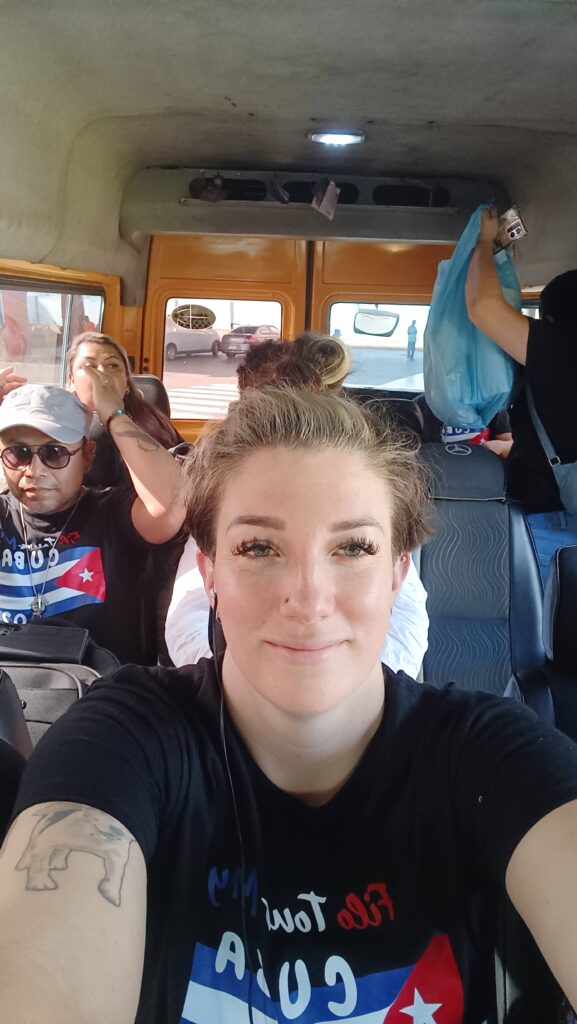
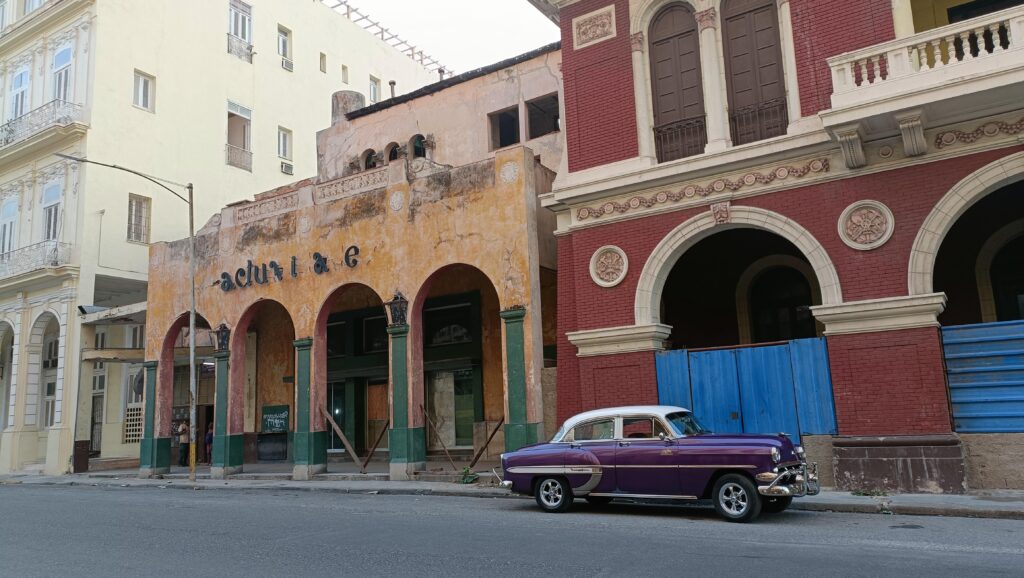
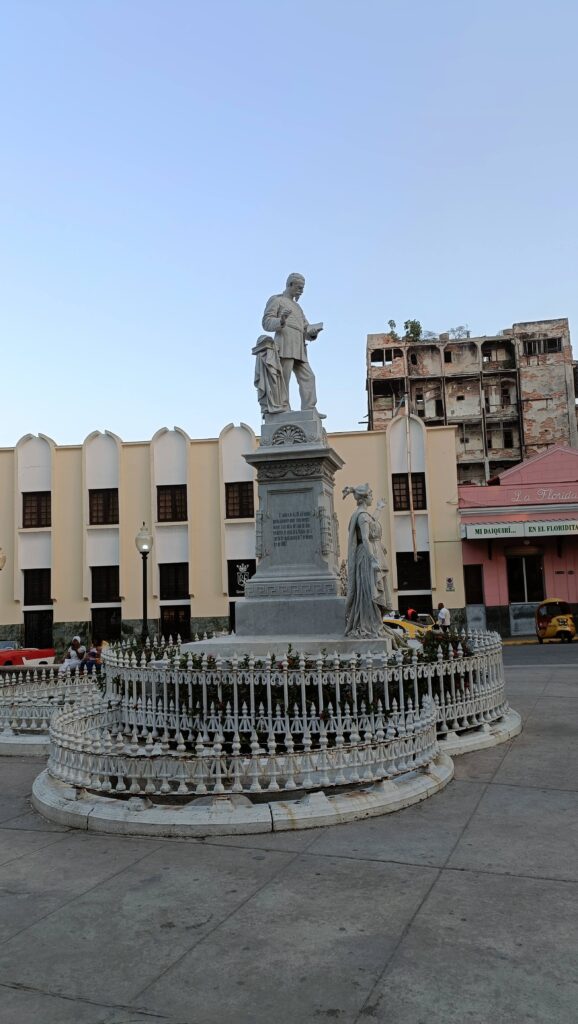
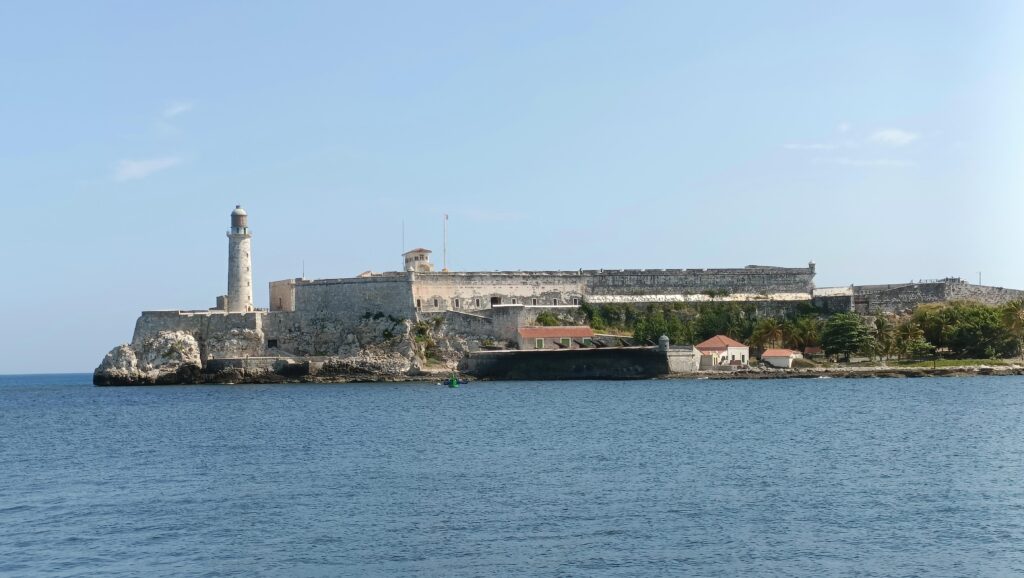

Travel Logistics
- Getting There: Direct flights from the U.S. to Cuba are available through airlines like American, JetBlue, United, and Delta, typically departing from cities such as Miami or Houston.
- Visa Requirements: Americans cannot travel to Cuba strictly for tourism purposes. However, travel is permitted under 12 categories, with the “Support for the Cuban People” category being the most commonly used. This involves engaging in activities that support Cubans, such as staying in private accommodations and dining at privately owned restaurants.
- Transportation Within Cuba: In Havana, taxis are readily available, and rides within the city typically cost between $5 to $15, depending on the distance. For travel to Varadero, private transfers can be arranged, usually taking about 2 to 3 hours.
Cultural Insights
- Tipping: Tipping is appreciated due to limited local salaries. It’s customary to tip service workers, such as waitstaff and hotel attendants, to show appreciation for their services.
- Classic Cars: Cuba’s streets are filled with vintage American cars from the 1950s, a result of the U.S. embargo that limited car imports for decades. Many of these vehicles have been lovingly maintained and serve as taxis or tourist attractions.
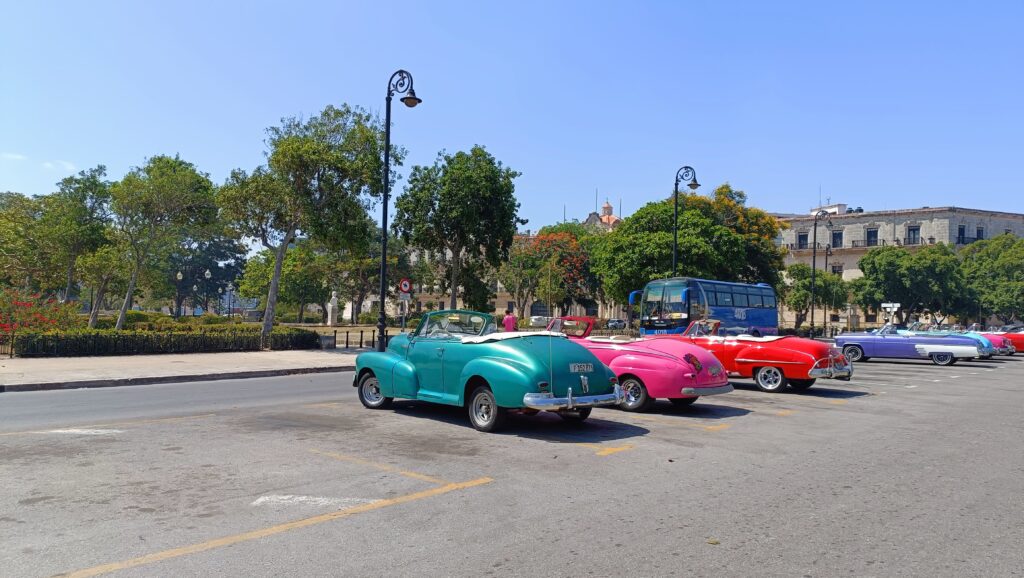
Classic Souvenirs
- Cuban Cigars: Widely regarded as the best in the world, Cuban cigars make for an excellent souvenir. Purchase from official stores to avoid counterfeits.
- Rum: Cuban rum is another top choice, with brands like Havana Club being internationally recognized.
- Handmade Crafts: Markets in Havana and Varadero sell handmade souvenirs, including wooden carvings, paintings, and musical instruments.
- Coffee: Cuban coffee is strong and flavorful, making it a great take-home treat.
Donations for Locals when Traveling to Cuba as an American
Due to economic challenges, many everyday items are hard to find in Cuba. If you’d like to bring donations, consider:
- Medical supplies (aspirin, ibuprofen, bandages, antiseptic creams)
- Toiletries (toothpaste, soap, shampoo, deodorant)
- Clothing (especially for children, as well as shoes and socks)
- School supplies (notebooks, pens, pencils, backpacks)
Handing these directly to locals or donating through churches and community centers ensures they reach those in need.
Internet and Cell Phone Connectivity
Internet access in Cuba is extremely limited. Unlike in most countries, free Wi-Fi is rare, and even hotels often charge for access. Here’s what to expect:
- Wi-Fi Cards: You’ll need to purchase a prepaid Wi-Fi card from ETECSA (Cuba’s state-run telecom company). These cost around $1 per hour and can be used at designated hotspots, usually in parks and hotels. Availability is not guaranteed. Of the 7 days I was in Cuba, I was only able to buy one 3 days (the other 4 days there were none available).
- Slow Speeds: Even in designated areas, internet speeds are often slow and unreliable, making streaming or video calls difficult.
- SIM Cards: Tourists can rent a SIM card with mobile data, but these are expensive and have limited availability. If staying for more than a few days, purchasing a temporary SIM at the airport may be worthwhile.
Final Thoughts
Traveling to Cuba as an American offers a deep dive into history, culture, and adventure. With a mix of vibrant cities, beautiful beaches, and rich traditions, Cuba is a destination worth exploring despite the logistical challenges. By planning ahead and embracing the unique aspects of Cuban life, you can ensure a rewarding and memorable trip.
Need a personalized touch? Let me craft your perfect trip with tailored travel concierge services, made just for you!
Don’t miss my last blog: How to Ensure Reliable, High-Speed Internet When Traveling as a Digital Nomad.
Sign up for my newsletter and get exclusive travel tips and inspiration to spark your next adventure!

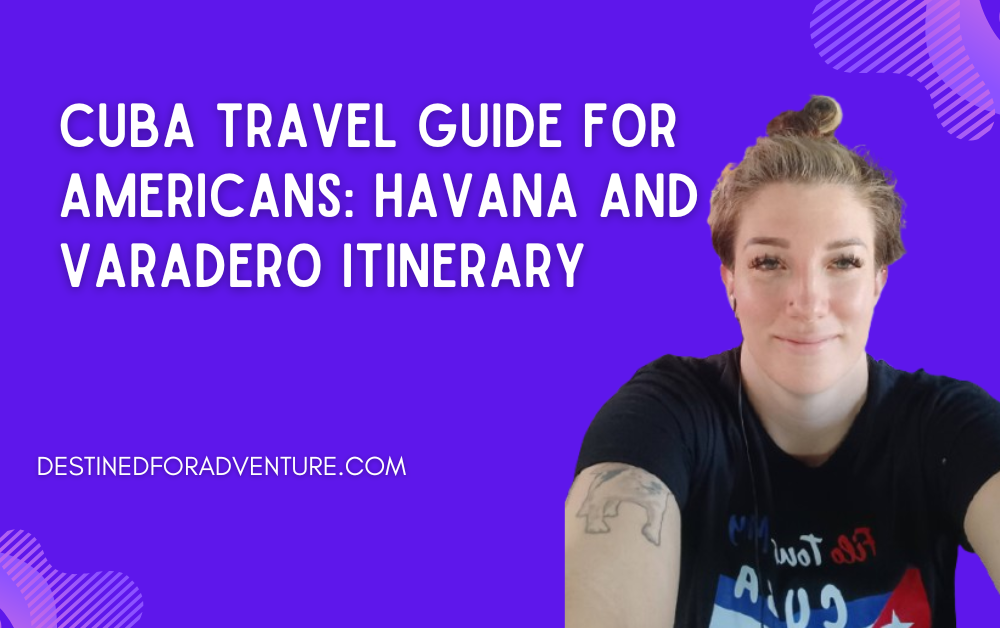




0 Comments